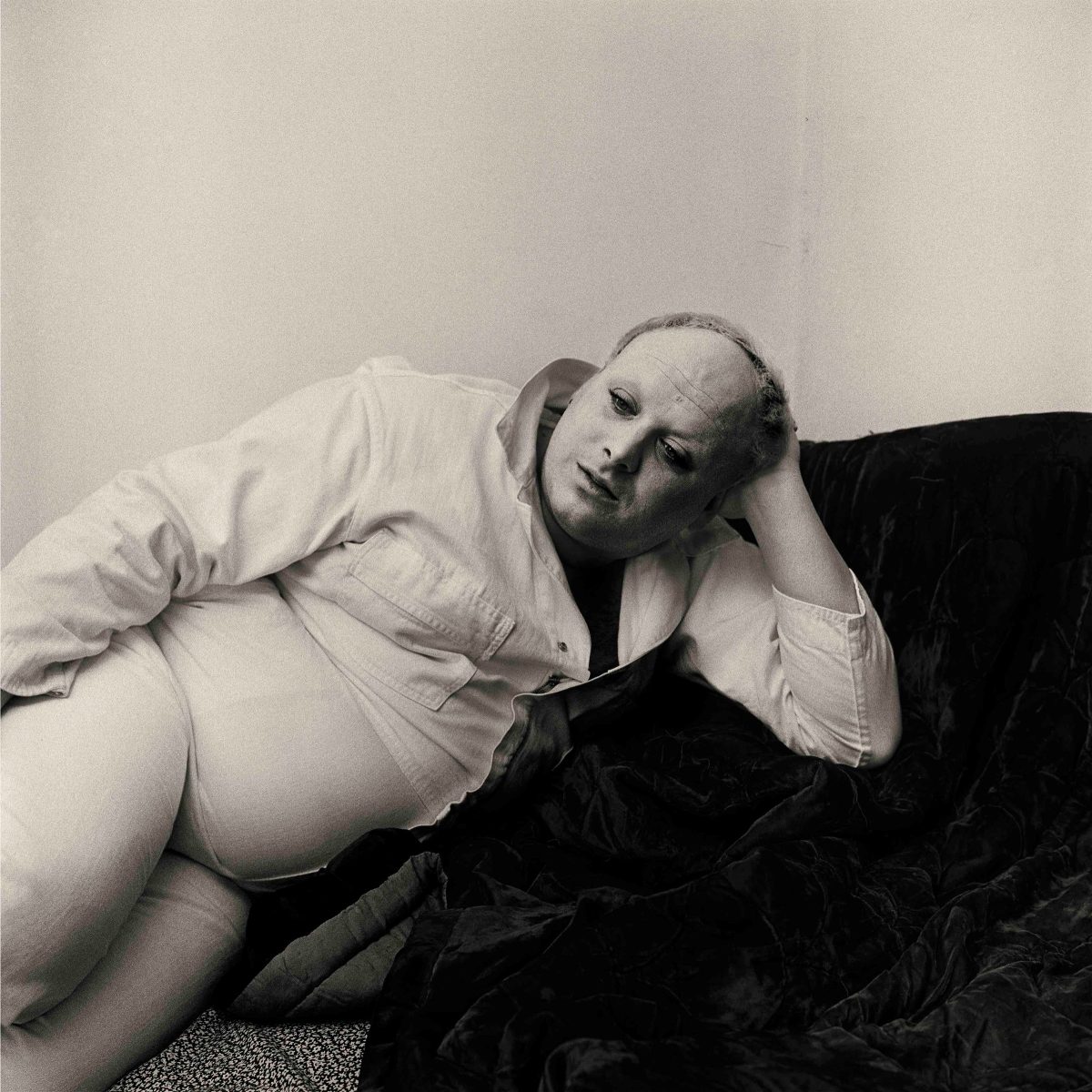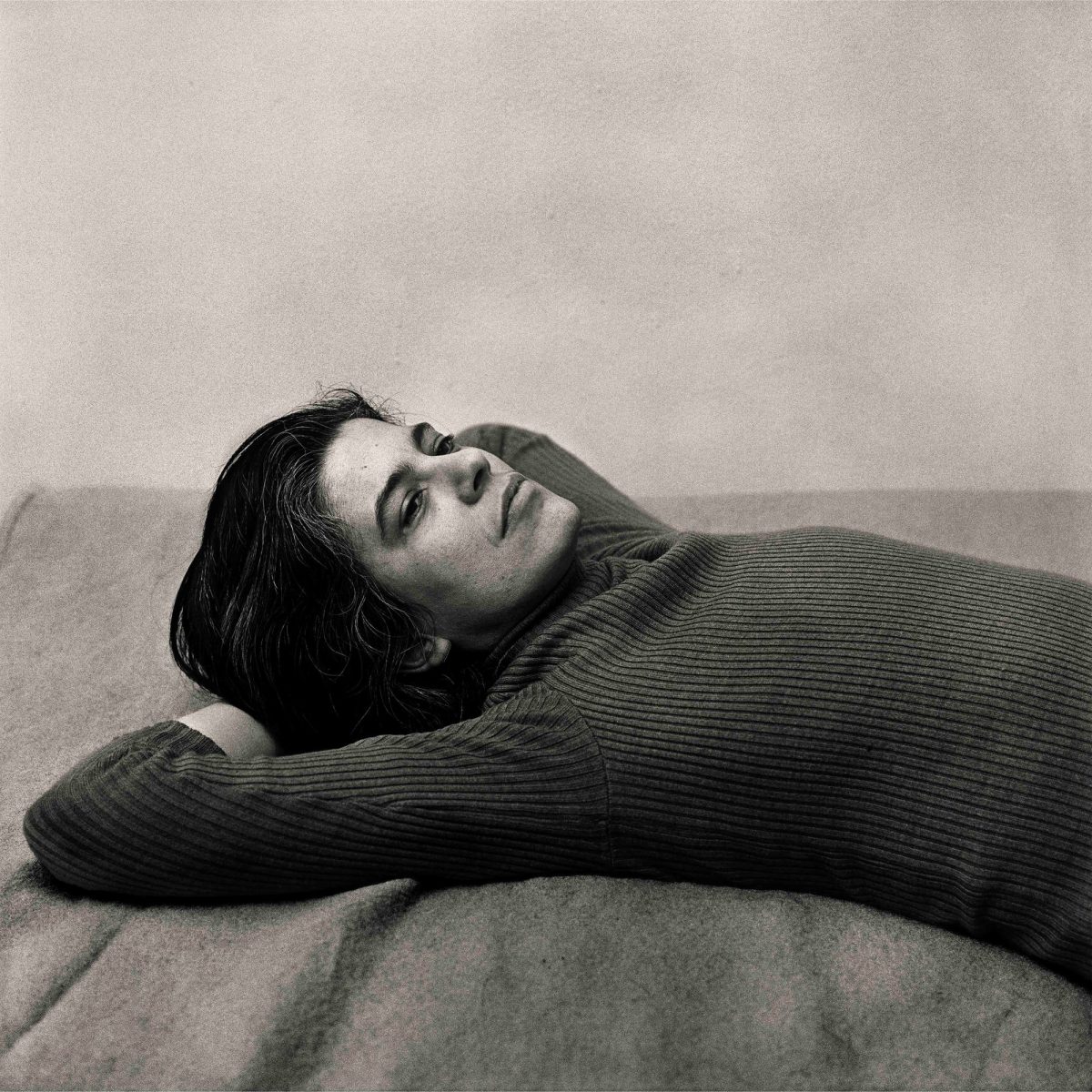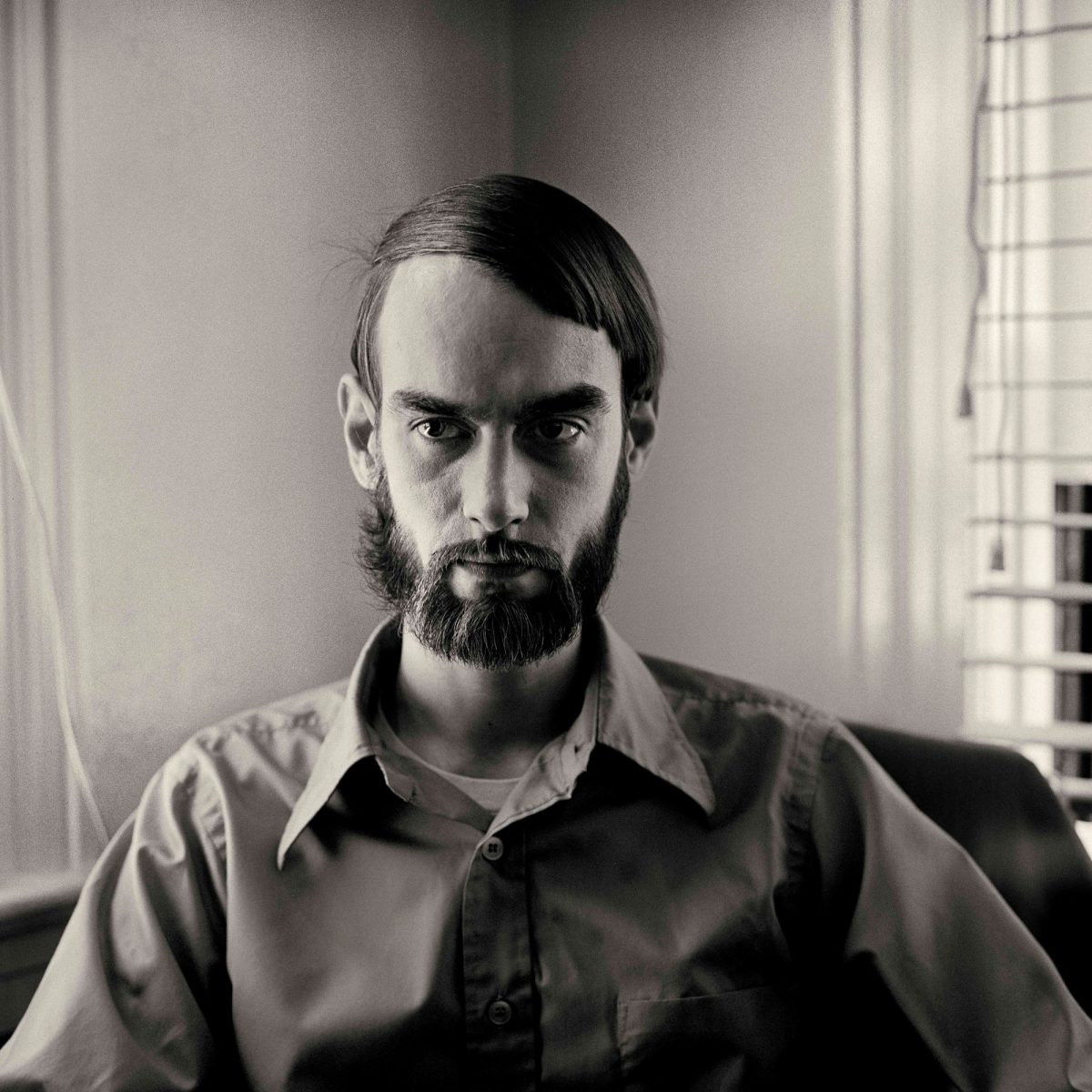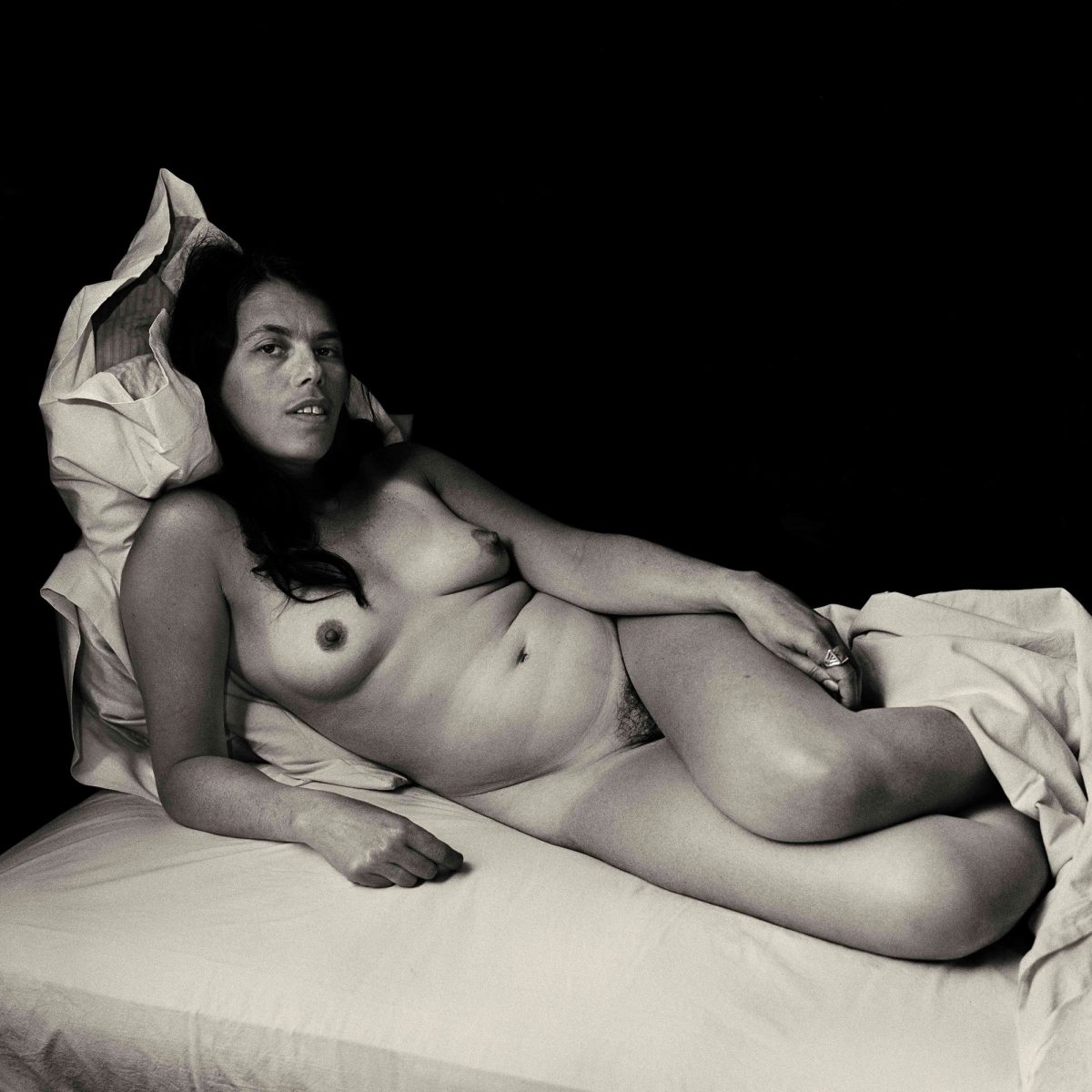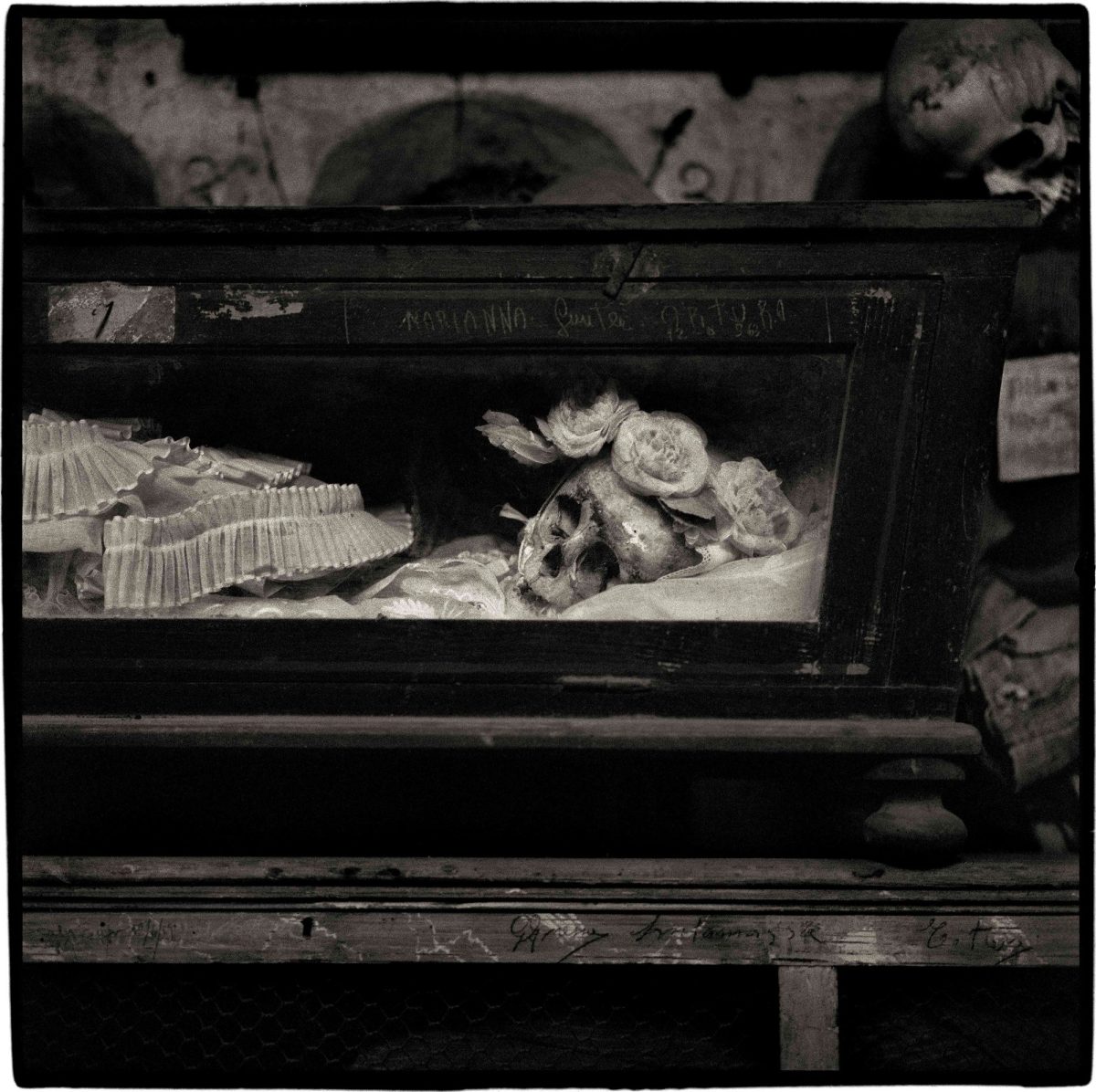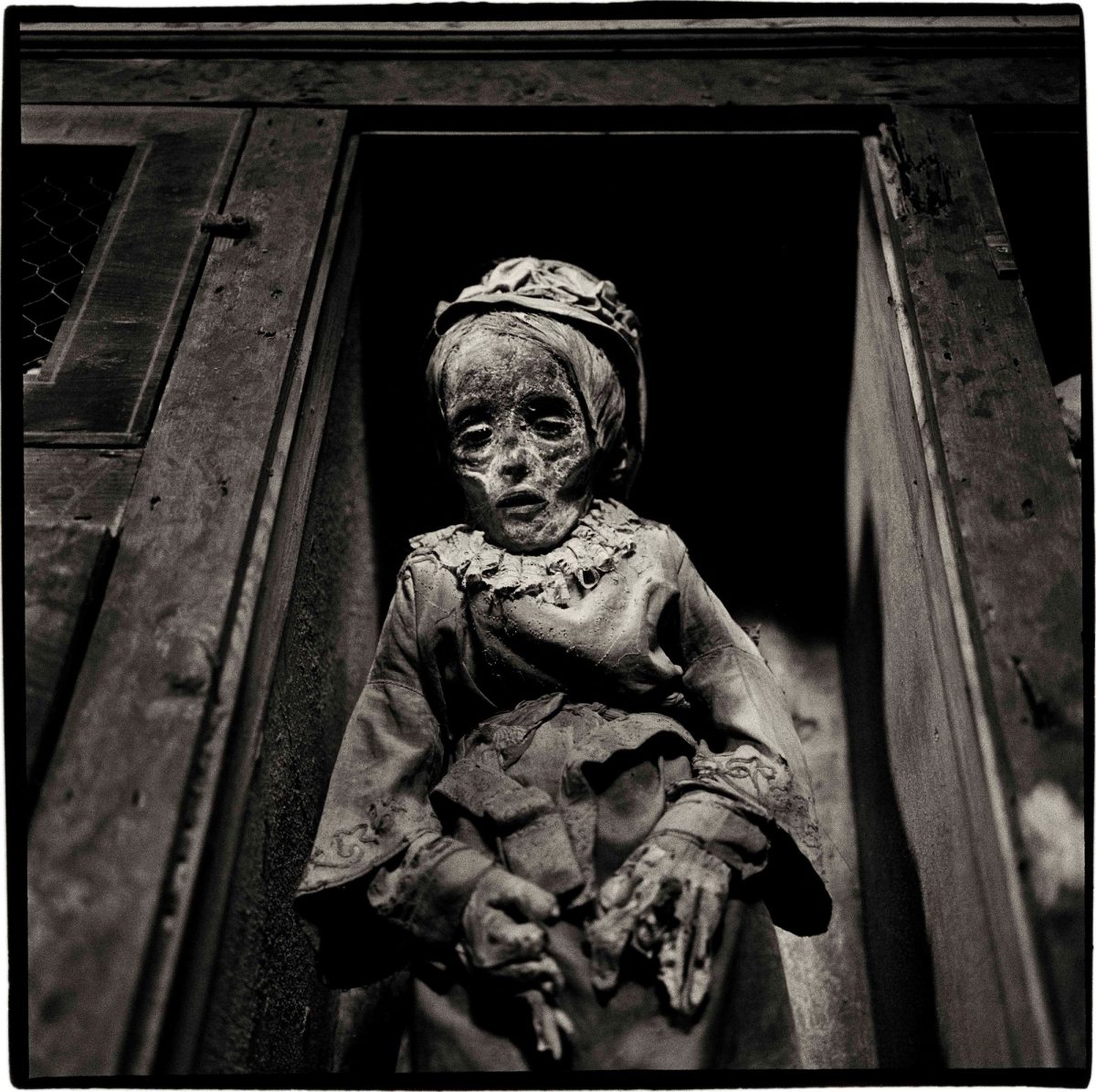Shown at the Venice Biennale 2024, Peter Hujar’s Portraits in Life And Death exhibition features his 1970s portraits of artists on New York’s Lower East Side and images from the 1960s of the dead in Palermo’s catacombs.
Peter Hujar’s (October 11, 1934 – November 26, 1987) black and white photographs form the exhibition Portraits in Life and Death at the 60th Venice Biennale.
His portraits taken in 1970s New York of Divine, John Waters, Susan Sontag, Fran Lebowitz and more – those, as Hujar put it, “who push themselves to any extreme … and people who cling to the freedom to be themselves” – are placed alongside a series of pictures from the 1960s of the dead in the Capuchin Catacombs in Palermo, Italy, just as they were for his first and only monograph, also titled Portraits in Life and Death, published in 1976.
“Photography… converts the whole world into a cemetery, wrote Sontag on the book’s introduction. “Photographers, connoisseurs of beauty, are also – wittingly or unwittingly – the recording angels of death. We no longer study the art of dying… but all eyes, at rest, contain that knowledge. The body knows. And the camera shows, inexorably.”
The theme of death in life echoes our series of snapshots of people sleeping, Franz Fiedler’s pictures of a nude model posing with a skeleton, vintage skull postcards, those haunting bone models ripping in riches and the peculiar tale of Robert Lenkiewicz and Diogenes, the tramp who became the ultimate memento mori.
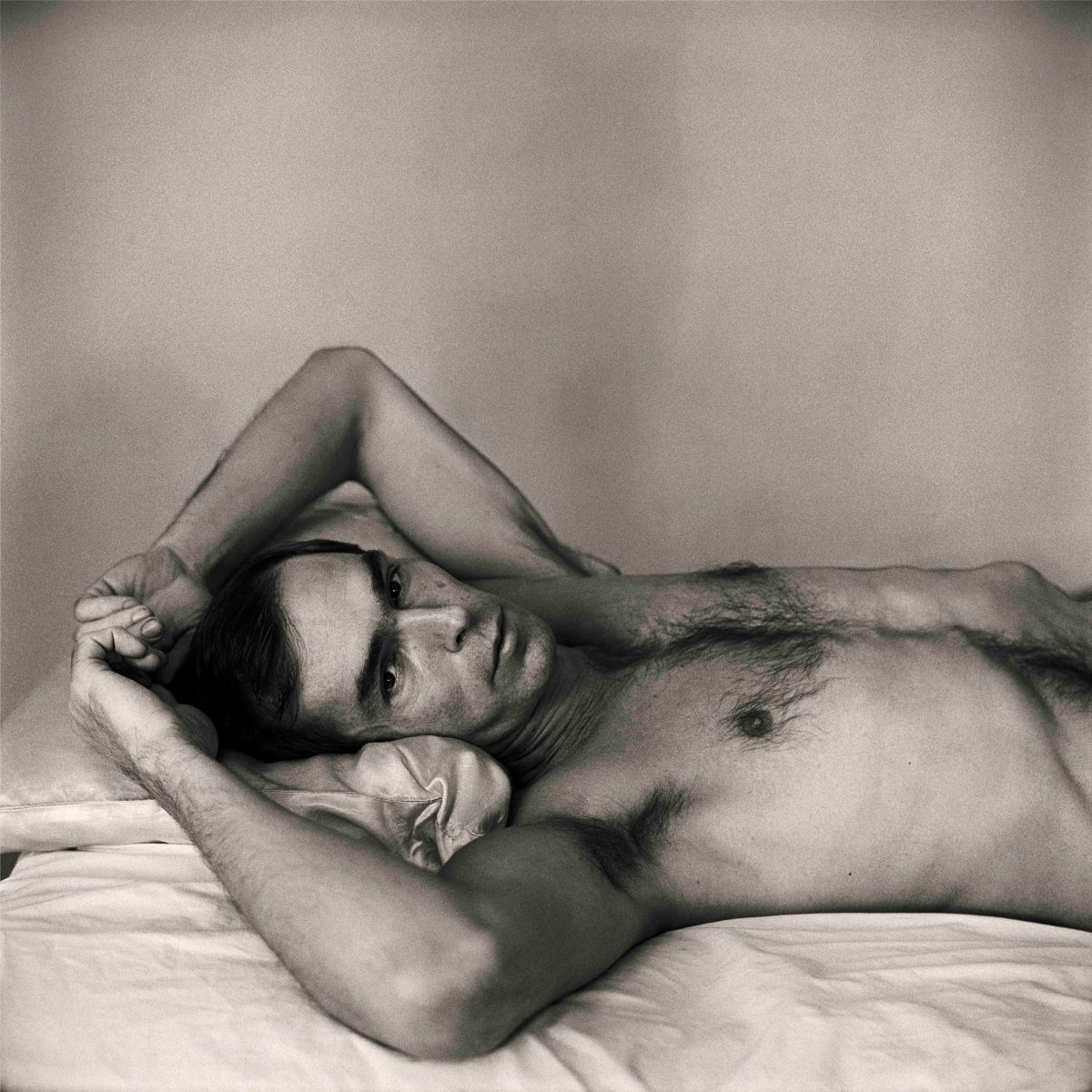
Self-Portrait Lying Down, 1975 © The Peter Hujar Archive:Artists Rights Society (ARS), NY
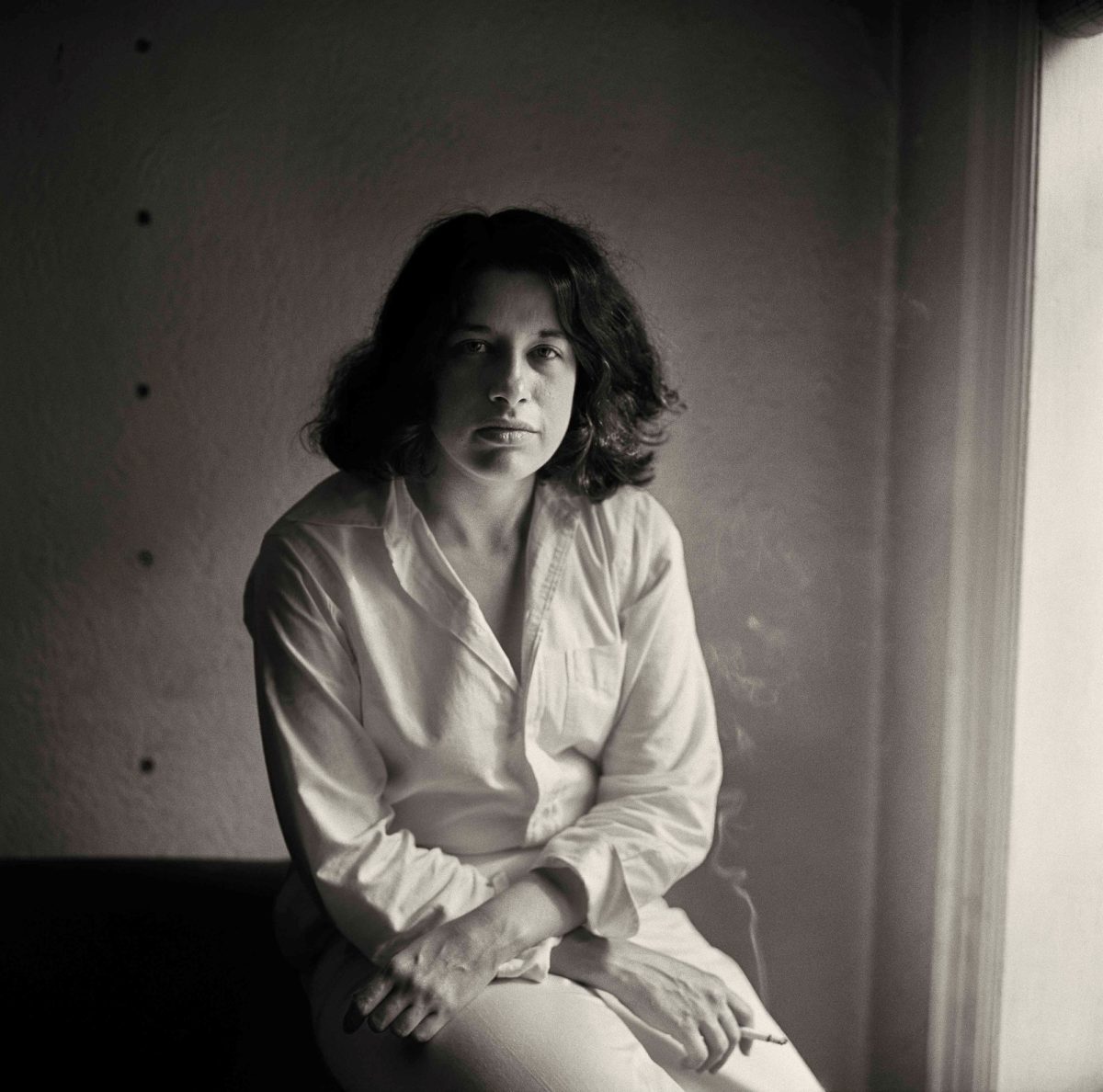
Fran Lebowitz, 1975 © The Peter Hujar Archive:Artists Rights Society (ARS), NY
“The catacombs were created for the elite to remain as lifelike as possible, a space for visitation and remembrance,” says the Venice show’s curator, Grace Deveney.
From the seventeenth to the nineteenth century, thousands of people, especially wealthy citizens of Palermo and rich celebrities, could gain burial in the Catacombs: with generous donations they could afford the Friars’ mummification process and prepared for eternal display in the wall niches of the underground cemetery.
Mummification became a status symbol, a way to preserve status and dignity even in death with the possibility for the families of the deceased to visit and venerate not just ordinary graves, but dead bodies well preserved.
“In those photos, Hujar is drawn to bodies in frames and set up for display,” says Deveney. “The catacombs were an early way of thinking about photography’s unique possibility to bring life and death together and fix them through these momentary glimpses. When he turns to portraiture he is capturing people with a sense of impending death in life.”
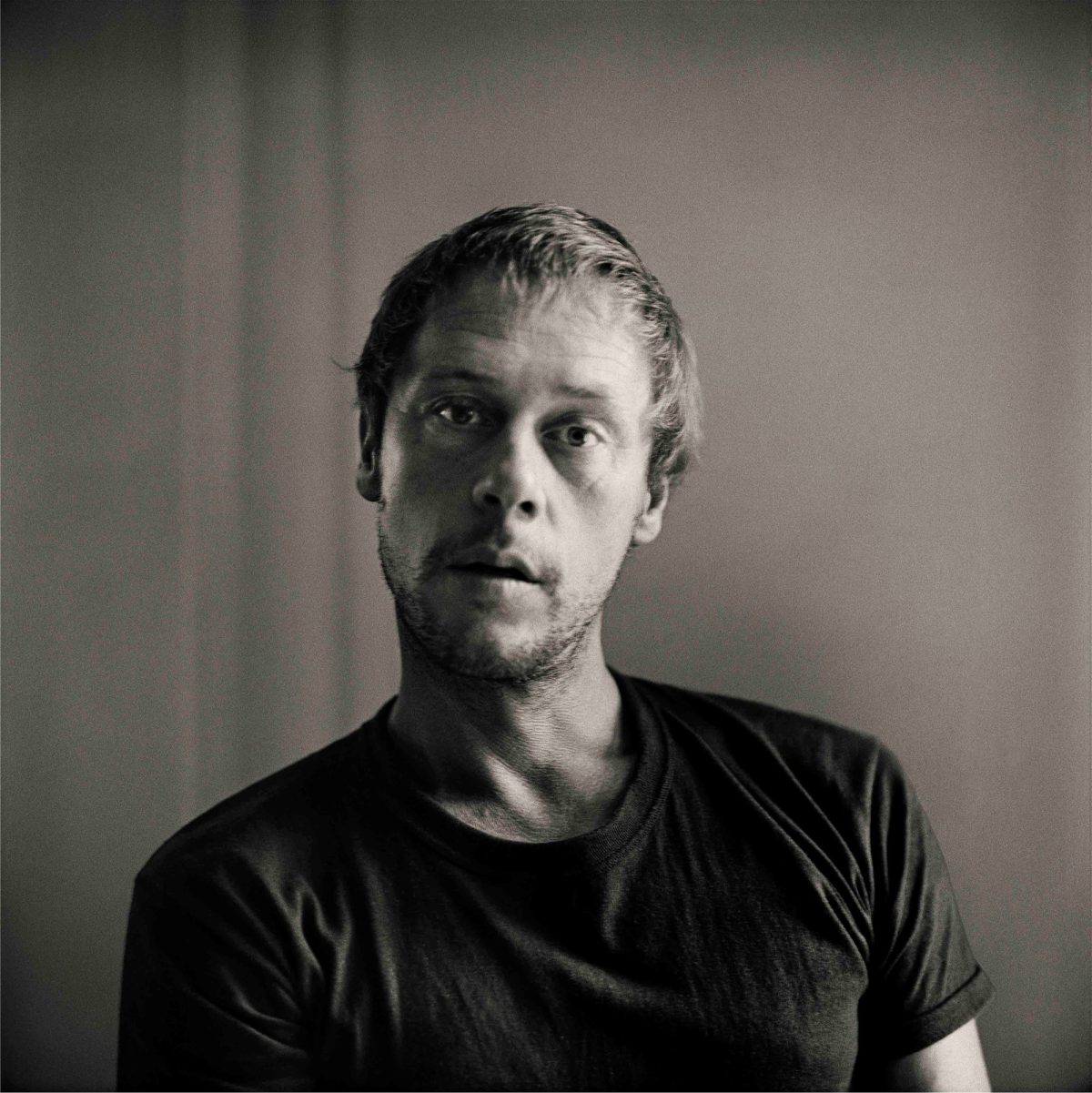
Paul Thek (II), 1975 © The Peter Hujar Archive:Artists Rights Society (ARS), NY
“I am moved by the purity and delicacy of his intentions. If a free human being can afford to think of nothing less than death, then these momento mori can exorcise morbidity as effectively as they evoke its sweet poetry and its panic”
– Susan Sontag in her introduction to Portraits in Life and Death, 1978
Portraits in the edition comprise: John Waters, Robert Wilson, Michèle Collison, Jose Rafael Arango, Edwin Denby, Linda Moses, Bill Elliott, Kenneth King, Peter Hujar (self portrait), Vince Aletti, William S. Burroughs, Charles Ludlam, T. C., James Waring, Ann Wilson, Ray Johnson, Fran Lebowitz, May Wilson, H.M. Koutoukas, Anita Steckel, John Ashbery, Anne Waldman, Lola Pashalinska, Divine, Alan Loyd, Remy Charlip and Larry Rée.
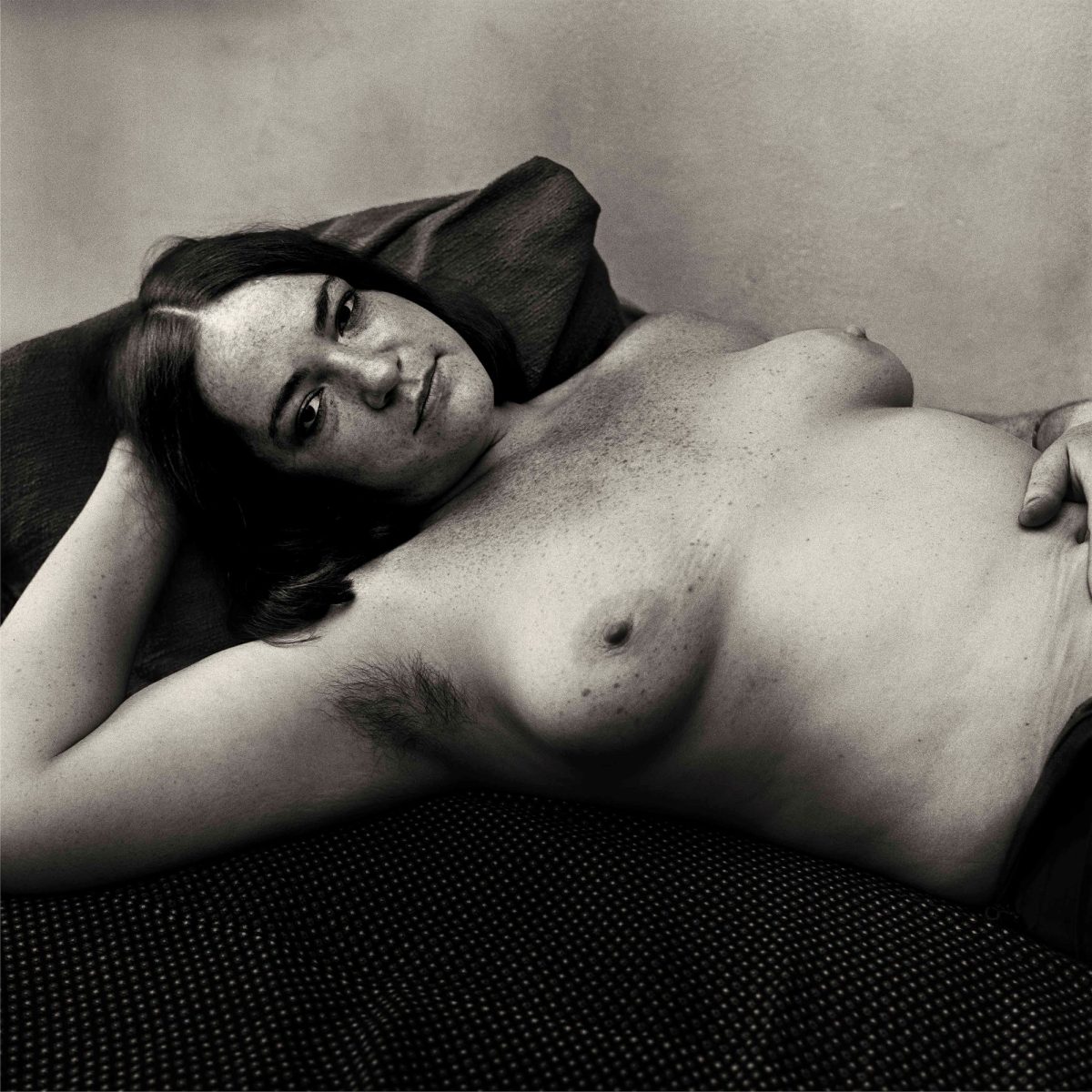
Michele Collison, Hotel Chelsea, 1974 © The Peter Hujar Archive:Artists Rights Society (ARS), NY
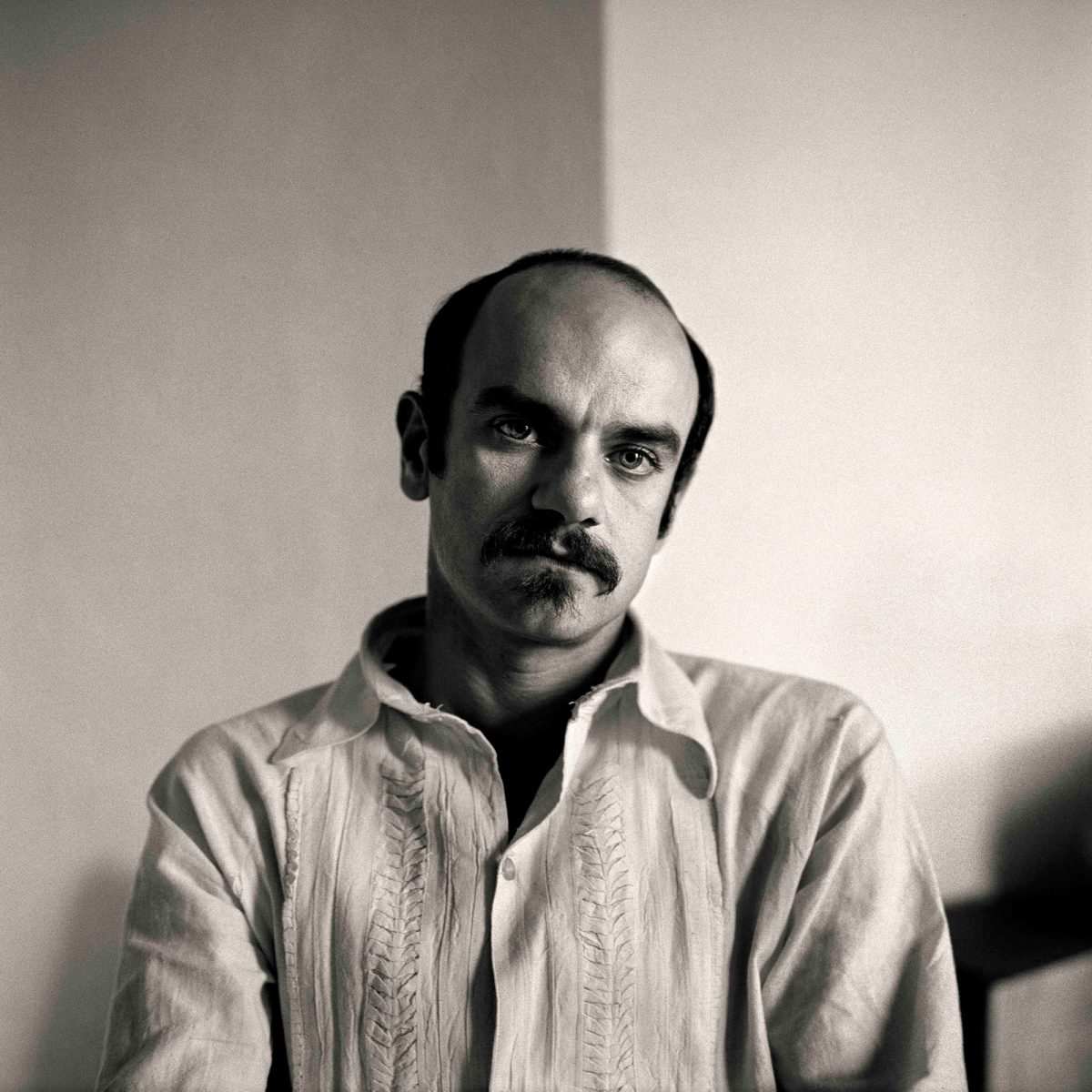
Charles Ludlam (III) (Morton Street), 1975 © The Peter Hujar Archive:Artists Rights Society (ARS), NY
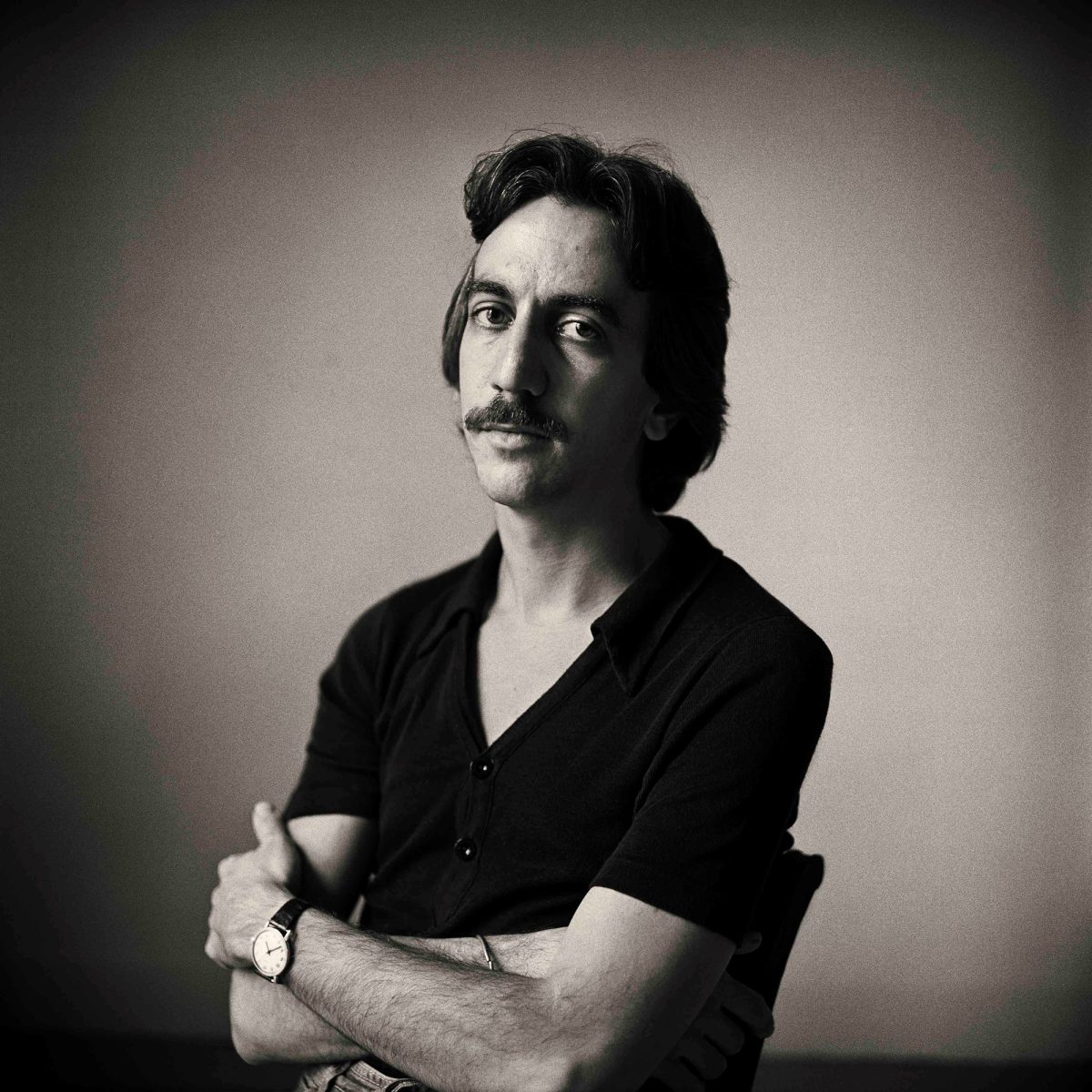
Vince Aletti, 1975 © The Peter Hujar Archive:Artists Rights Society (ARS), NY
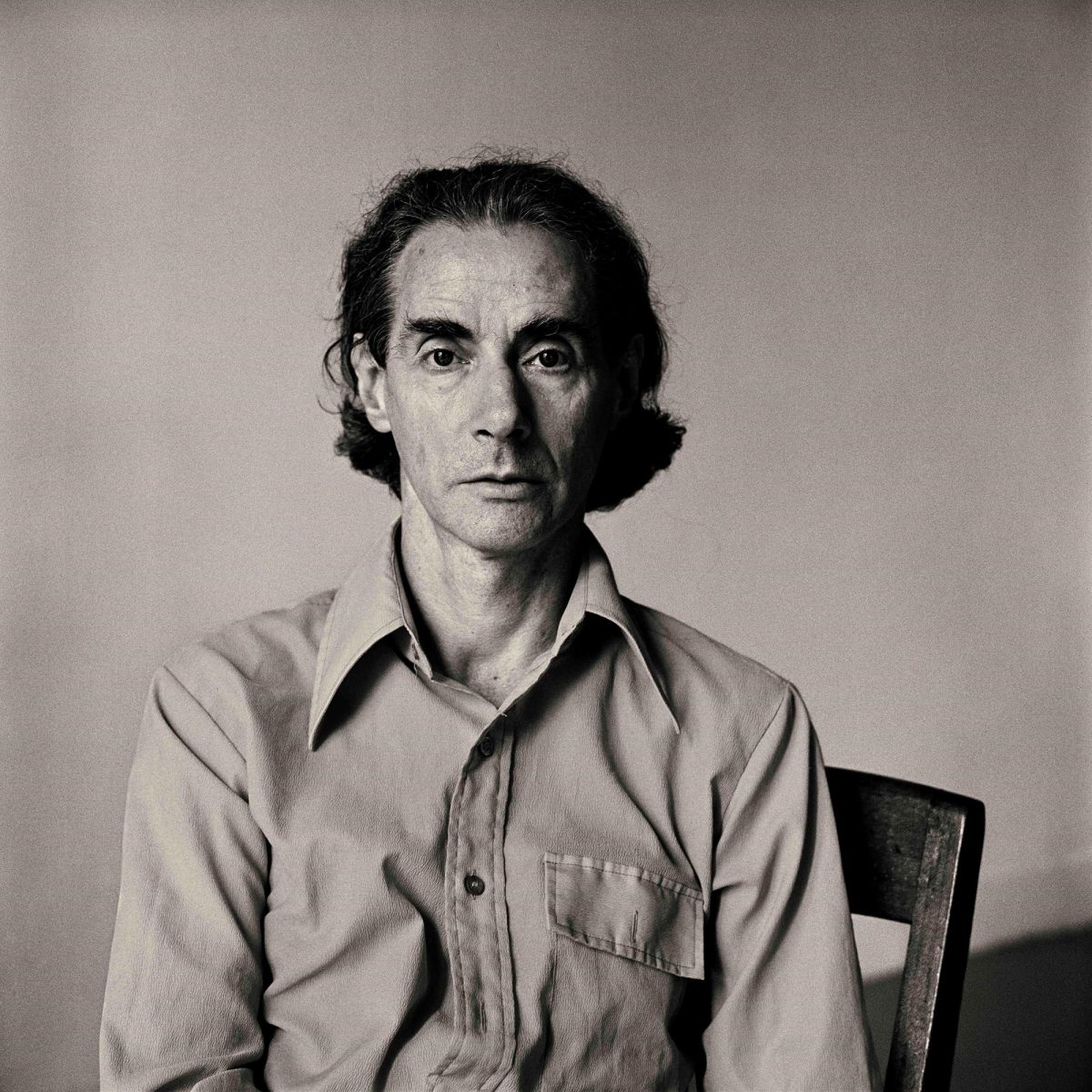
James Waring (I), 1975 © The Peter Hujar Archive:Artists Rights Society (ARS), NY
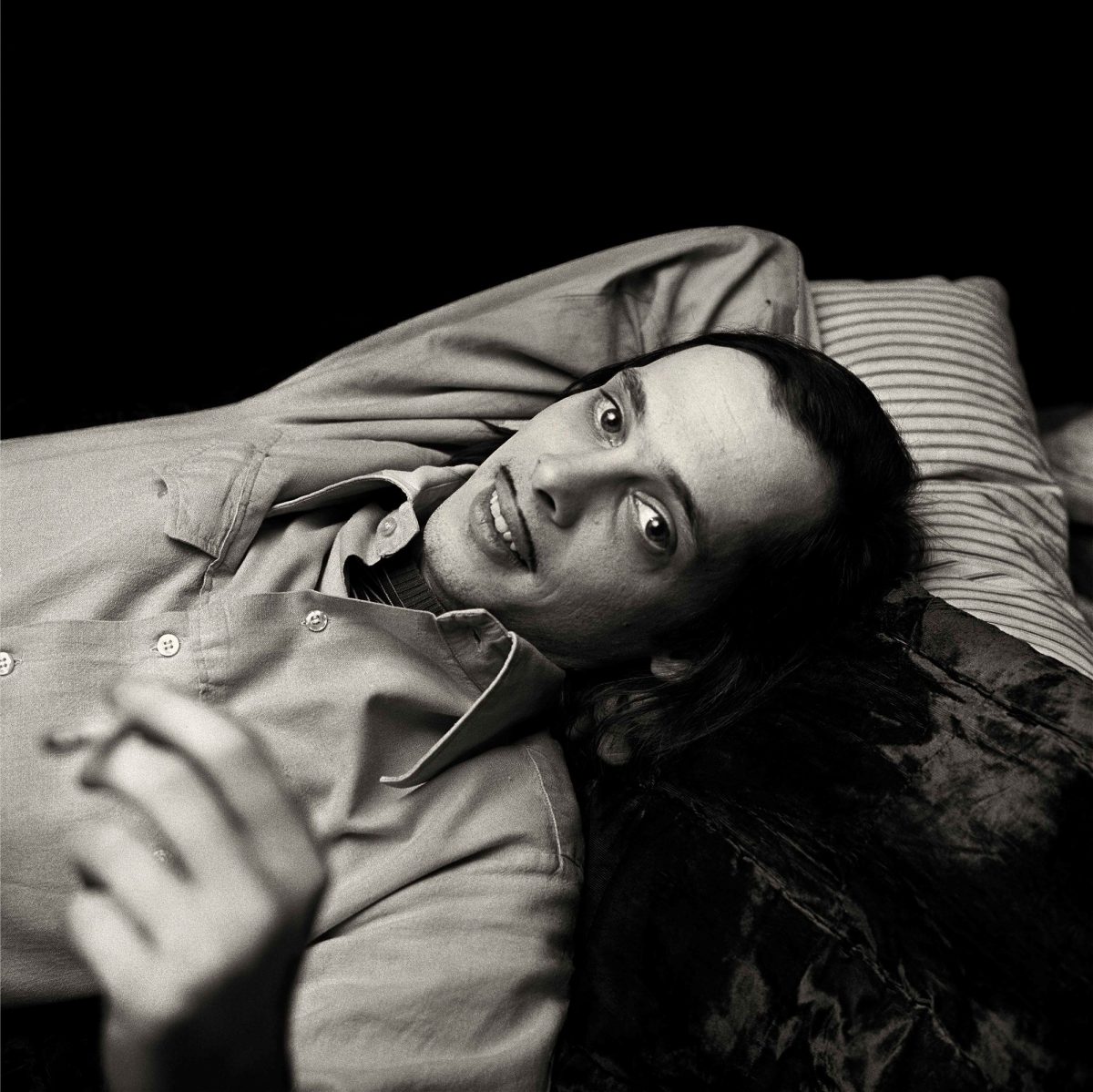
John Waters (I), 1975 © The Peter Hujar Archive:Artists Rights Society (ARS), NY
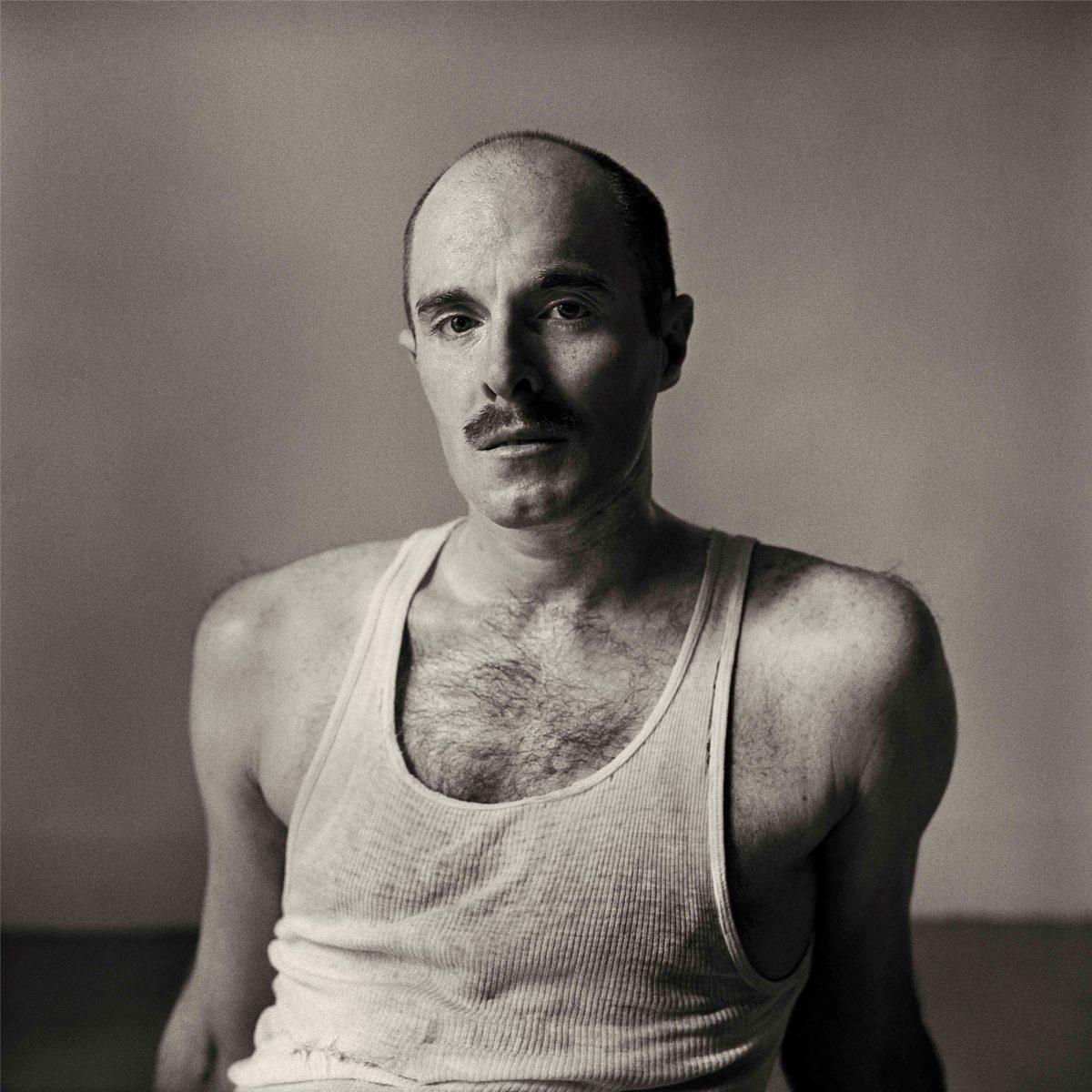
Larry Ree (I), 1975 © The Peter Hujar Archive:Artists Rights Society (ARS), NY
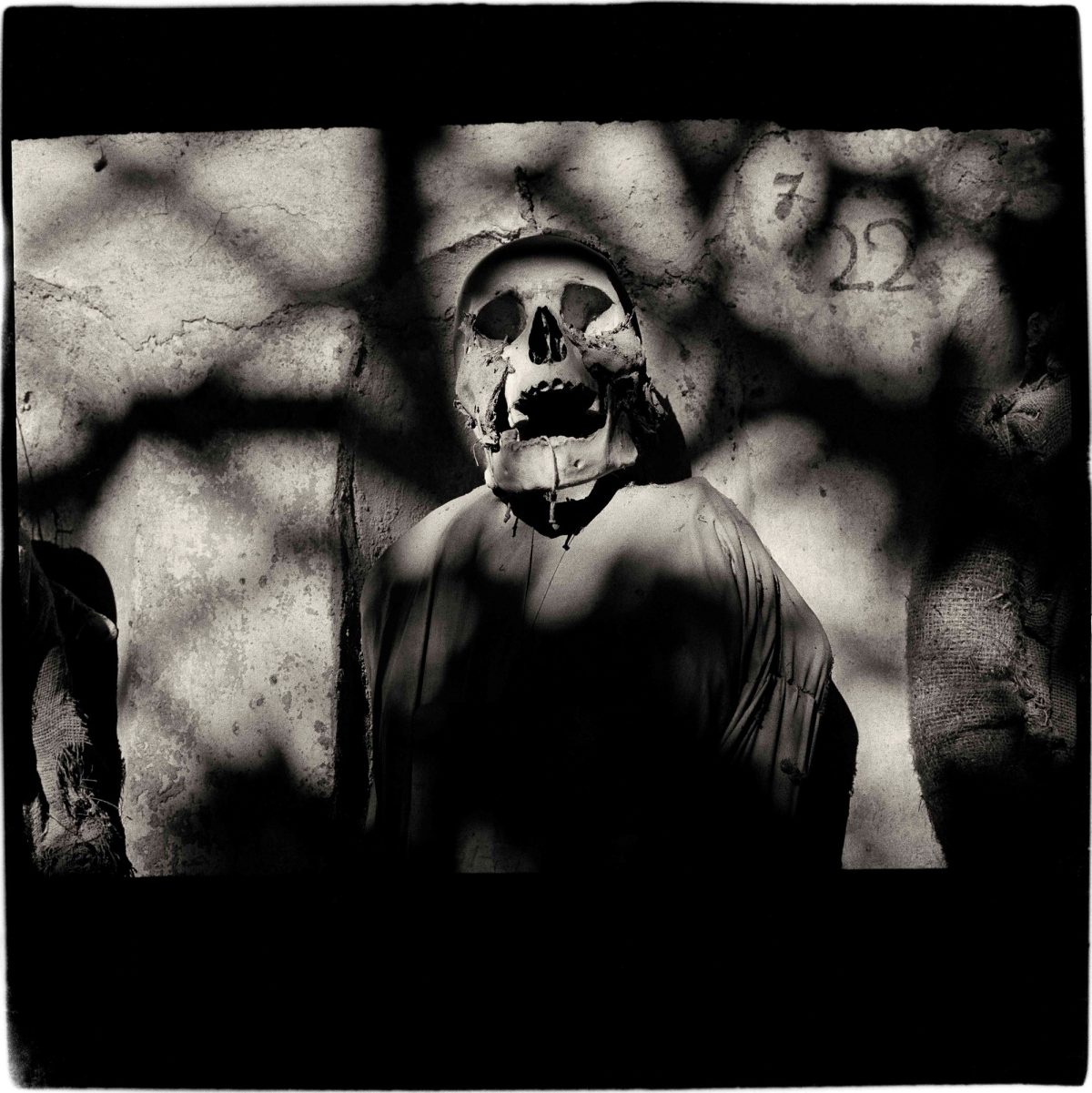
Palermo Catacombs #1, 1963 © The Peter Hujar Archive:Artists Rights Society (ARS), NY
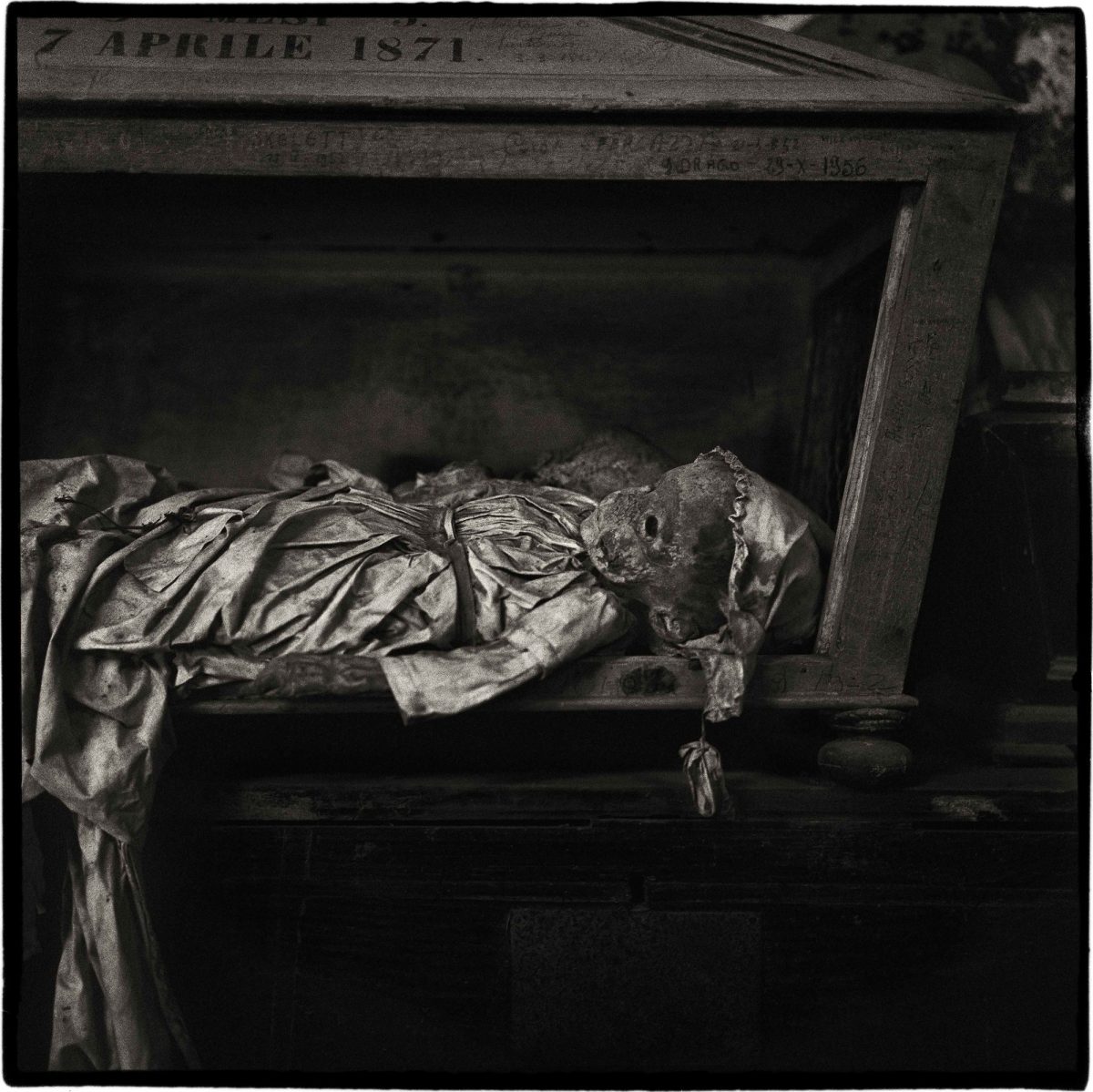
Palermo Catacombs #4, 1963 © The Peter Hujar Archive:Artists Rights Society (ARS), NY

Palermo Catacombs #5, 1963 © The Peter Hujar Archive:Artists Rights Society (ARS), NY
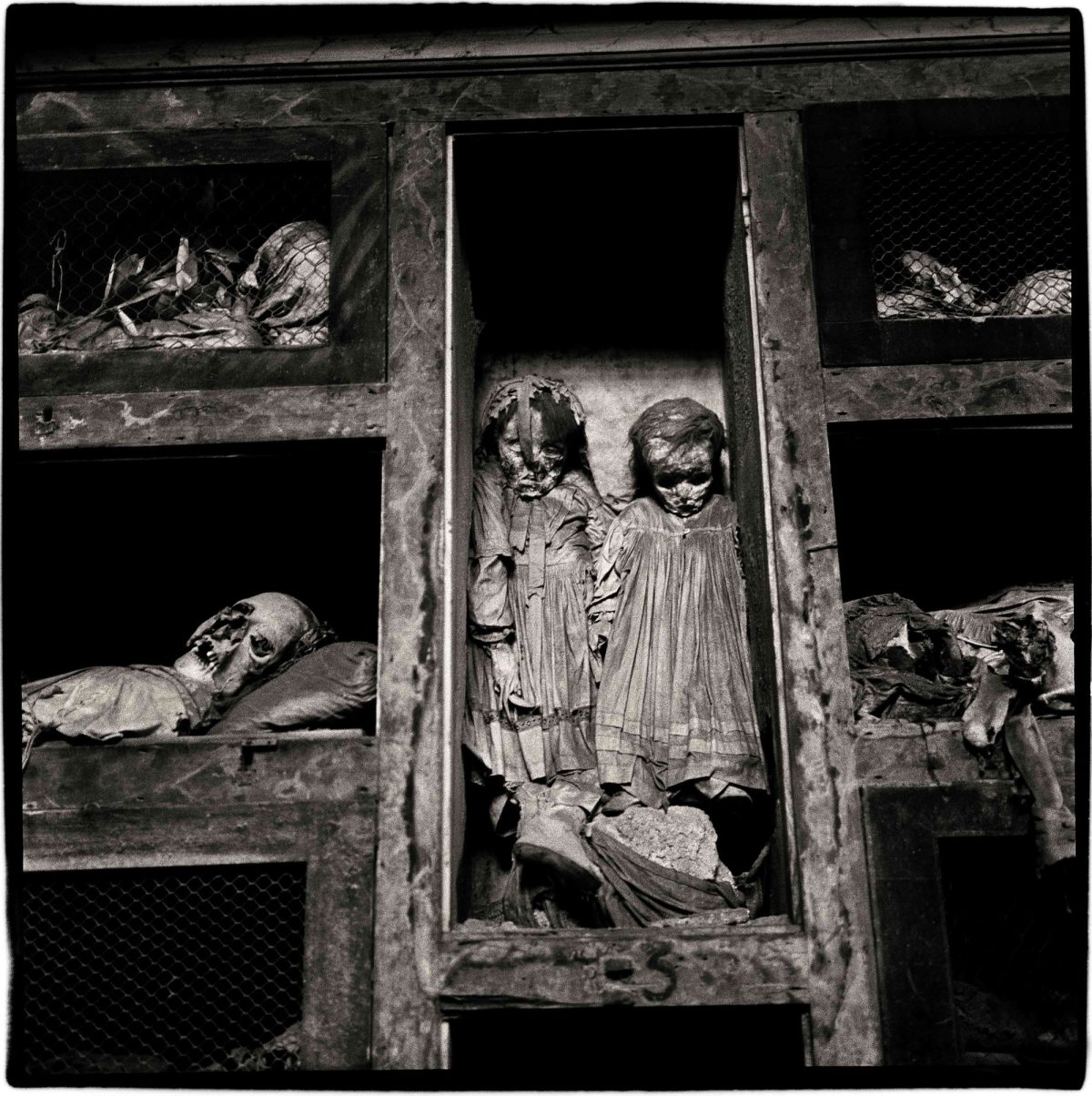
Palermo Catacombs #7, 1963 © The Peter Hujar Archive:Artists Rights Society (ARS), NY

Palermo Catacombs #8, 1963 © The Peter Hujar Archive:Artists Rights Society (ARS), NY
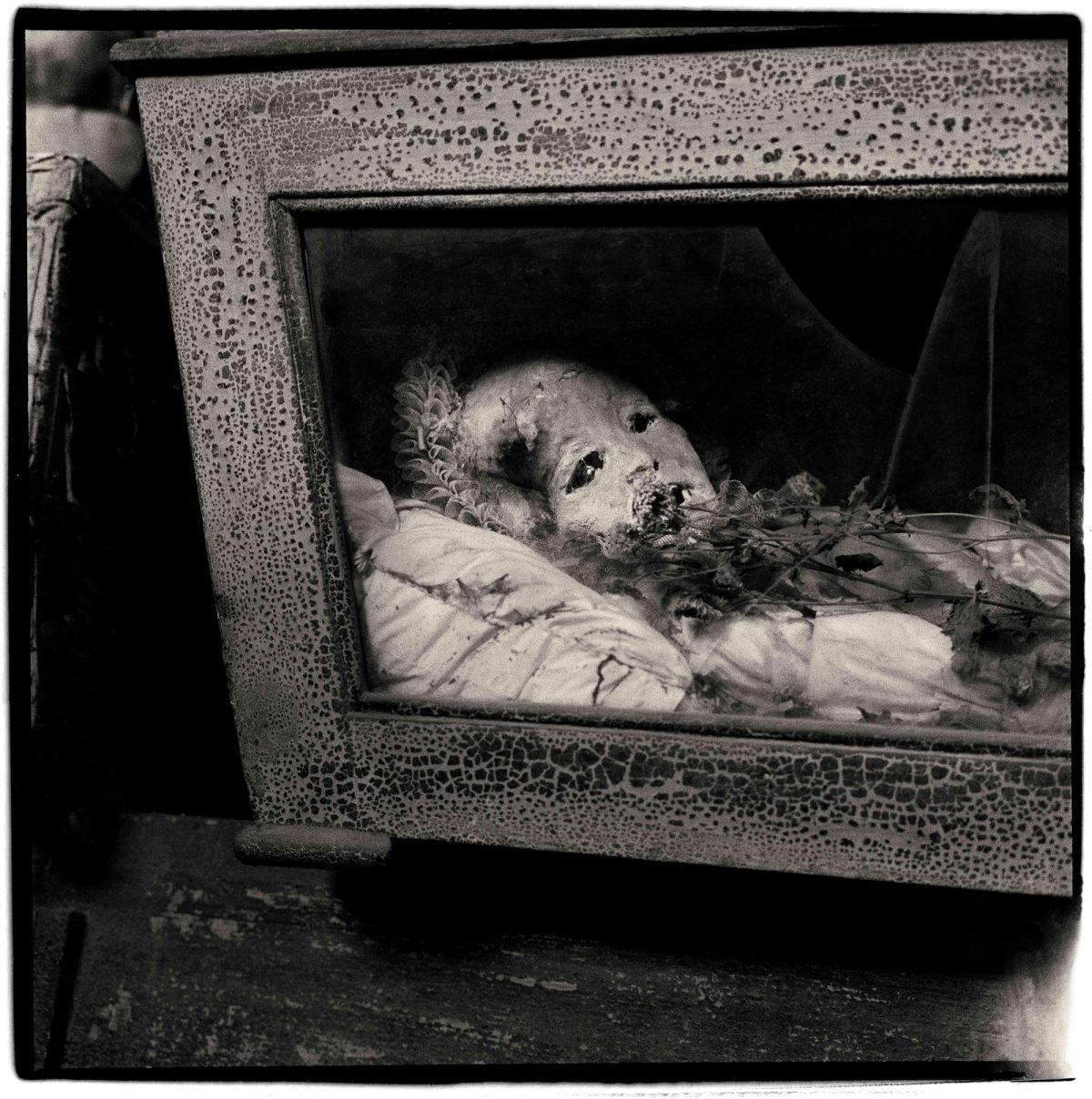
Palermo Catacombs #10, 1963 © The Peter Hujar Archive:Artists Rights Society (ARS), NY
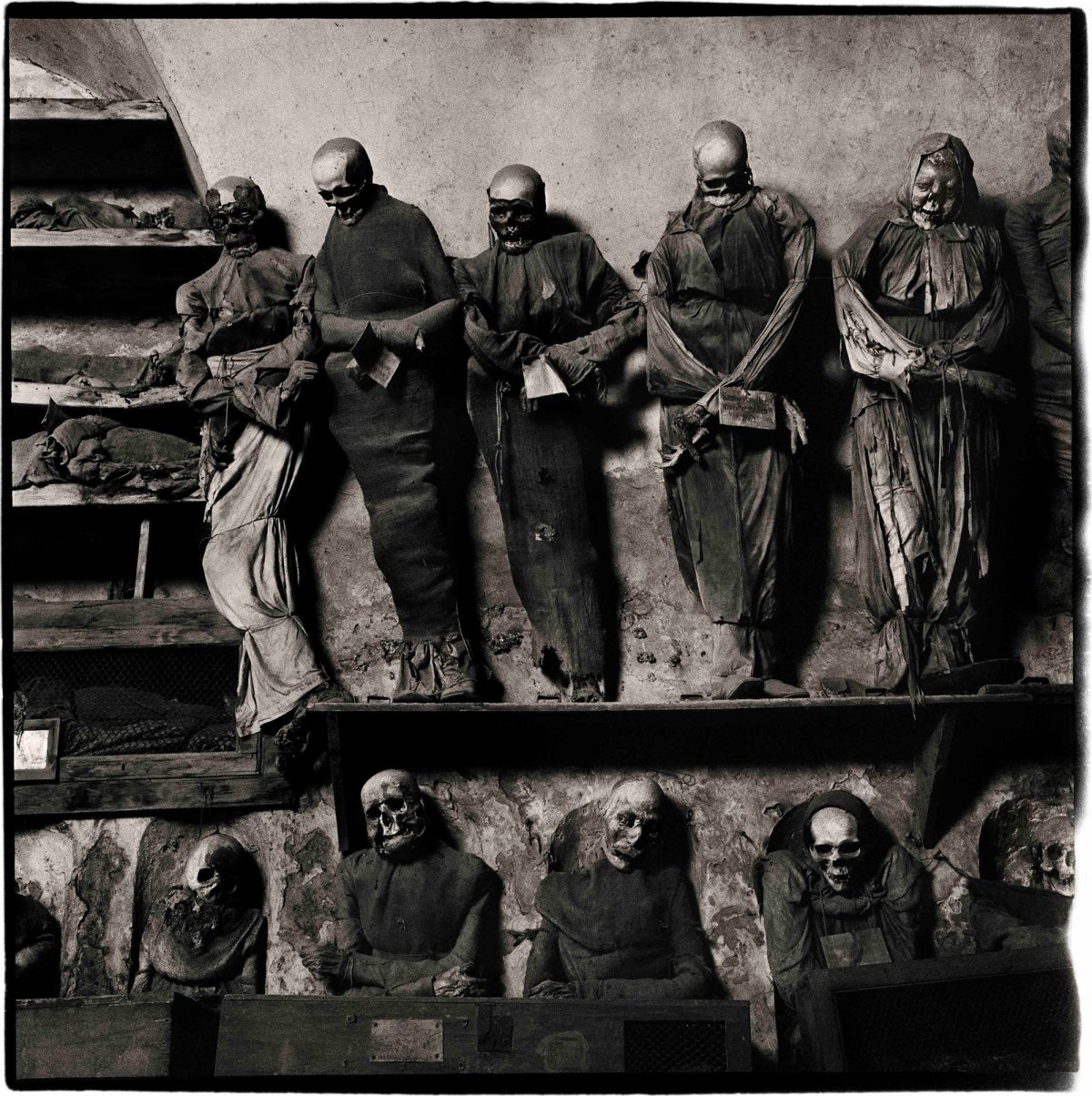
Palermo Catacombs #11, 1963 © The Peter Hujar Archive:Artists Rights Society (ARS), NY
Portraits in Life And Death by Peter Hujar is on show at Istituto Santa Maria della Pietà in Venice until 24 November 2024.
Would you like to support Flashbak?
Please consider making a donation to our site. We don't want to rely on ads to bring you the best of visual culture. You can also support us by signing up to our Mailing List. And you can also follow us on Facebook, Instagram and Twitter. For great art and culture delivered to your door, visit our shop.
